How to Remove Marine Sealant
Marine sealants like 3M 5200 are designed to bond permanently. If you need to disassemble a through hull, this job can be incredibly hard if it was a powerful sealant like 5200 which has a fast cure and powerful bond that was used. Some say it bonds stronger than the two things it was bonding together, and it does stand out as one of the best kinds of caulk out there that stands up to most caulk removers. If you want it gone from your fishing boat, we have some suggestions to break down this powerful adhesive material.
DeBond Marine Formula Caulk Remover
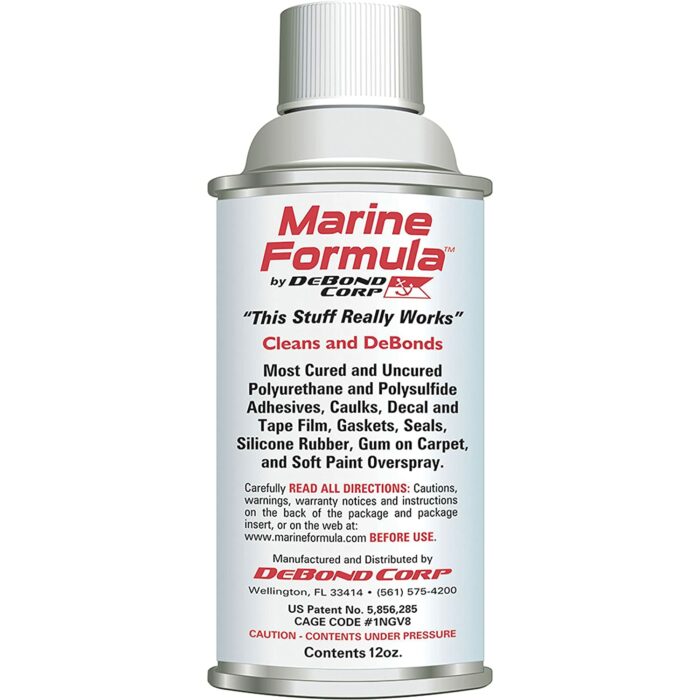
By all accounts, DeBond’s Marine Formula is almost magical in the way it can remove 5200. 5200 is a polyurethane adhesive that is so strong it’ll yank your gel coat off with it when you try to remove things like cleats or other bonded features. This stuff can also remove silicone and pretty much any other adhesive your boat may have used. You just need to score what you want to get rid of with your utility knife and then spray it on as per the instructions.
The chemical reaction that occurs is probably vastly complex but just know that it breaks those bonds down fairly quick, but you do need to use some elbow grease to get full saturation with the solvent. The method is pretty simple.
- Start with a clean surface, Using a knife, score the surface of the adhesive where you want to remove the bond. This helps cut through any layers of gunk from boat polish and boat wax that are covering the adhesive.
- Use the straw on the Marine Formula can to keep a narrow spray and spray into the scoring you just made.
- Let the formula soak in for about five minutes to loosen things up.
- Use a clean putty knife or screwdriver to wedge into the bond and start prying it apart. It should have some give at this point to allow this to happen. Don’t force it too hard if you’re getting resistance because you can damage the gel coat. Just pry it up gently and spray more in.
- Wait another five minutes and then repeat the process. Depending on the size of what you’re removing or pulling apart, it shouldn’t take too many applications.
- Once you’ve pulled things apart, use your putty knife or a razor scraper to get the remainder of the residue off and wipe it clean.
I have never seen anything work this well on an adhesive that was so strong before. You can look around online, too, and you’re not likely to find anything. Remember, 5200 is notorious for being almost impenetrable.
The thing about DeBond is that it gets rid of all of the 5200 or whatever sealant you were using. You’ll need that putty knife, a razor knife or other sharp blade to finish scraping leftover residue off but if the solvent has soaked in it’ll be much easier than you expect and it comes off pretty fast as well. Definitely our number one recommendation.
Other Caulk Removers and Adhesive Material Solvents
There are definitely other products aside from DeBond that you can use to get this job done. Some of them are really good, but none really reach the level of DeBond. But if you can’t get DeBond or don’t want to use it, what else is there?
Other products that can get the job done for you here include:
- Acetone
- Methyl Ethyl Ketone
- Denatured Alcohol
- Other commercial solvents like Un-Hesive, Re-Mov/DSR5
Some of the commercial solvents are actually the least effective at the task of removing a bond like 5200. They have marginally better success against weaker adhesives but honestly, I wouldn’t recommend them. That said, the following can do pretty well, but they are harder to use than DeBond.
Denatured Alcohol
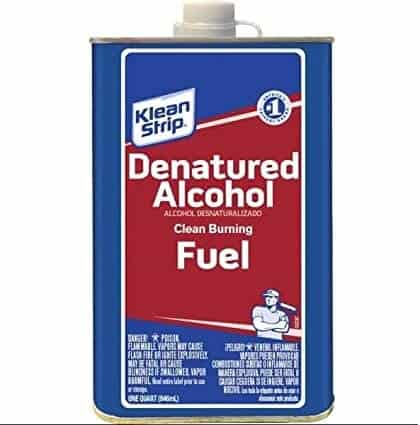
Denatured alcohol is ethanol with additives in it that make it unfit for drinking and often make it smell bad, as well. It’s used as fuel and a solvent and is highly toxic, flammable and explosive. It’s not the best choice for those reasons, but it can work. You want to make sure you have good airflow if you are using it. Breathing it and getting it on your skin are both bad news, so you’ll need safety gear. I would only use denatured alcohol if you have no other options and need to try to remove this bond no matter what.
- You’ll have better luck scoring your adhesive before brushing on the denatured alcohol. Be aware that this is not easy and will not work well. You’ll need to really work and scrape and work some more.
- Saturate your adhesive and then wait 5 to 10 minutes.
- Scrape and pry at the adhesive with some patience. It can take you a while to get through. A rough bristled brush may be a lot of help here as well to scrape through whatever you get loose and expose new stuff to let the alcohol through.
- With patience, you can probably remove all of the adhesive but it will take a while.
Acetone
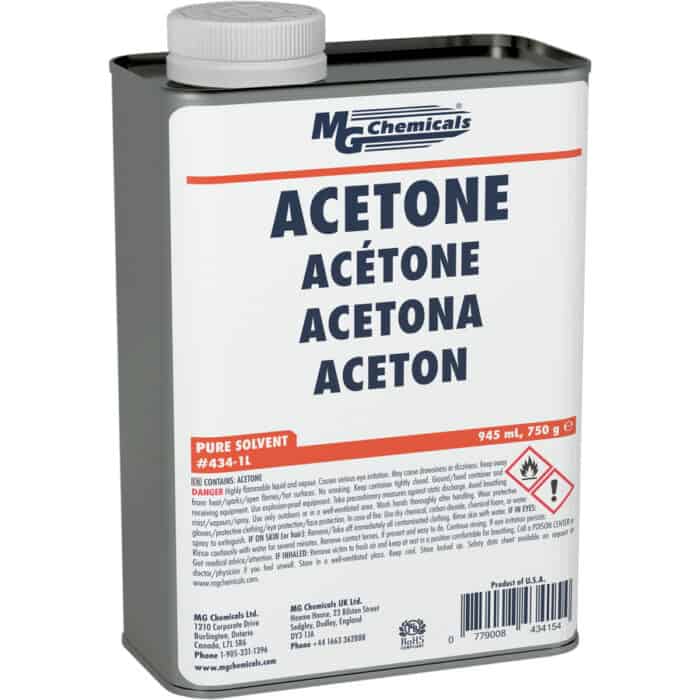
Acetone is a clear and colorless solvent popularly used as nail polish remover. This is the old school boater’s choice and it does work, it just won’t be as fast as you may like. Also be aware that acetone is a little volatile so you want to make sure you’re nowhere near an open flame and you’re in a well-ventilated space. It also evaporates very fast, so keep the container closer when not in use. It can be found almost anywhere not just in the world of boat life, so that makes it convenient.
- Again, start by scoring your adhesive, this is always the best way to expose the clean adhesive with no build up to let the acetone get in and get to work.
- This is better at removing certain adhesives than others. It is pretty poor at handling 5200, but if you keep at it, it’ll get the job done. Scrape, reapply, scrape, reapply. It’s a slog.
Methyl Ethyl Ketone
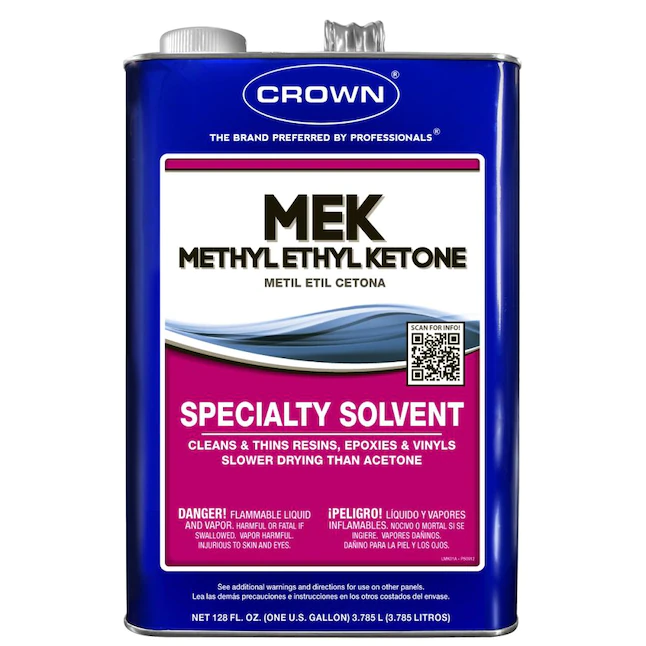
Like the other solvents, this stuff is dangerous to breathe in, dangerous near fire, and dangerous on your skin. If you want to use it, be careful and follow directions on the package. You’ll find this sold in boat shops and it’s able to eat through almost anything from old silicone to polyurethane materials so it’s a good choice. I’d say this is better than either acetone or denatured alcohol, but not nearly as good as the DeBond.
- Not to sound like a broken record, but score your adhesive and apply the MEK. Use a brush or a cotton swab or you can try simply spraying it on depending on the package you have.
- Let it soak in, scrape, then add more.
- This may take longer than acetone or even alcohol but it will probably leave you with a cleaner finish in the end, so that’s good.
Can You Use a Putty Knife Alone?
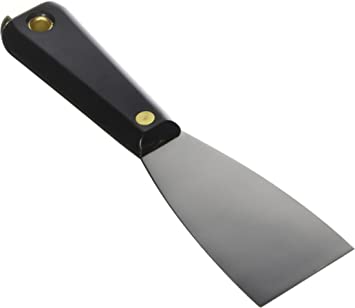
Sometimes you think a big, thick bead of caulk around something and it really looks like rubber you could just cut through. I can’t recommend this method because I’ve seen it and it’s ugly. You can try to just scrape off adhesive with no solvent but there’s an extremely good chance you’re just going to seriously damage whatever you’re scraping. It’s also going to leave a lot of residue behind. It’s just an inefficient method of getting the job done.
The Bottom Line
The best way to remove a marine sealant is with a proven solvent like DeBond Marine Formula. There are other solvents you can use as well for removal that will get the job done removing the powerful adhesive bond these things make. You need to make sure you have appropriate safety gear like gloves or a mask if necessary, and you’re in a well ventilated area. I highly recommend always scoring the adhesive against the fiberglass first to let the solvent soak in. Patience is often key and it can take time to get through. Use a putty knife or razor blade and maybe a stiff bristled brush to help clean up any remaining residue as you go.
Categories: Boats











